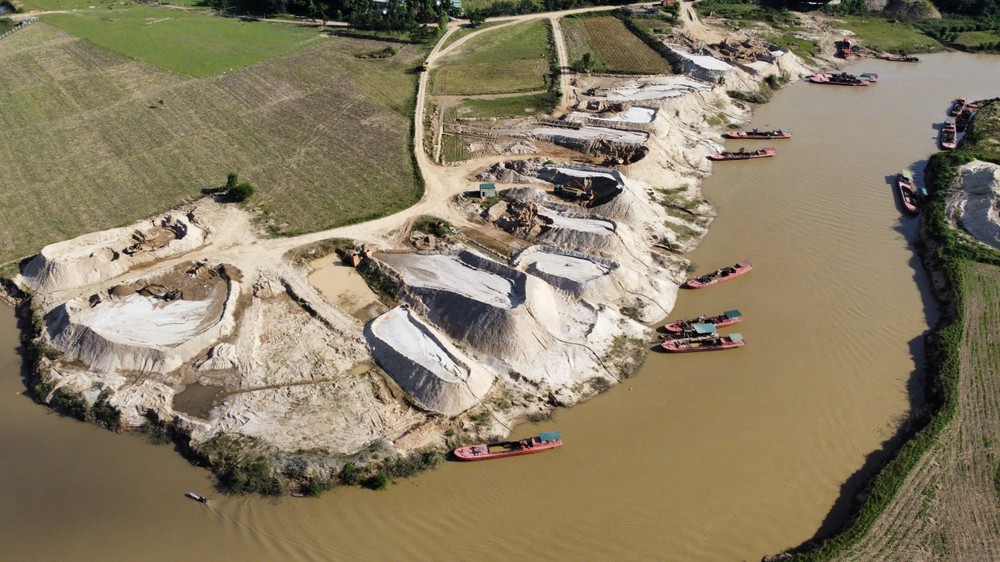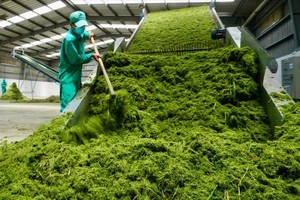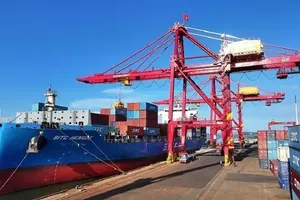The spike threatens the progress of both critical infrastructure and housing programs.
Unusual spike in sand prices
In Dak Lak Province, a shortage of construction sand has brought many building sites to a standstill. Despite some construction supply outlets doubling their prices compared to last month, sand remains unavailable. Nguyen Minh Van, a contractor based in Ea Tam Commune, said his company is overseeing five residential construction projects, all of which are now delayed due to lack of sand.

“Just one month ago, sand was selling for between VND320,000 and VND350,000 per cubic meter. Now, many suppliers are asking between VND700,000 and VND900,000. At these prices, we would incur heavy losses on our existing contracts,” Van said.
Key infrastructure works across Dak Lak—such as the Khanh Hoa–Buon Ma Thuot Expressway and the eastern bypass of Buon Ma Thuot City—are also facing delays due to the disruption in sand supply.
In Dak Nong Province, the situation is just as dire. Construction suppliers in Gia Nghia City have raised prices to over VND1 million per cubic meter—almost triple the rate from earlier this year—but sand remains scarce. Investigations reveal that most of the province’s sand is sourced from the Krong No River in Krong No District. However, extraction has slowed significantly as one of the main sand mining companies has scaled back operations, cutting off steady supply to the market.
Project delays mounting
Speaking to SGGP Newspaper, several sand mining firms operating along the Krong No River reported that their dredging vessels can no longer operate as their technical registrations have expired, further limiting extraction capacity. With local supply drying up, construction material dealers have had to import sand from distant provinces, increasing transportation costs and pushing prices even higher.
In Gia Lai and Kon Tum provinces, the escalating price of sand is proving to be a major obstacle for public investment projects. Mr. Vo Trung Manh, Chairman of the Tu Mo Rong District People’s Committee (Kon Tum), noted that due to the sand shortage, contractors have been forced to source materials from Kon Tum City and Dak Glei District—locations far from construction sites. This has driven up logistics costs and jeopardized the progress of programs aimed at replacing temporary or unsafe housing.
In response, the district has ordered its departments to work closely with contractors to mobilize sand from a wider range of sources and implement optimized transportation and stockpiling strategies to ensure adequate material supply.
Mr. Dinh Van Dung, Secretary of the Chu Prong District Party Committee (Gia Lai), added that multiple public investment and housing improvement projects are underway in his jurisdiction, with a deadline of September 15. Since the start of the year, sand prices have risen roughly 60 percent compared to the same period last year, with brief periods of total unavailability. Suppliers have had to transport sand in from remote areas, increasing costs. The price surge has slowed construction progress and forced residents to spend significantly more to obtain sand.
In light of the sharp and unexpected price hikes, Mr. Nguyen Thien Van, Acting Chairman of the Dak Lak Provincial People’s Committee, confirmed that the province has directed relevant agencies to investigate the causes behind the spike and recommend solutions to stabilize the market.
Similarly, Dak Nong authorities have assigned the Department of Natural Resources and Environment to consult on regulatory measures, aiming to tighten control over the supply and pricing of critical building materials—particularly sand and stone.
























